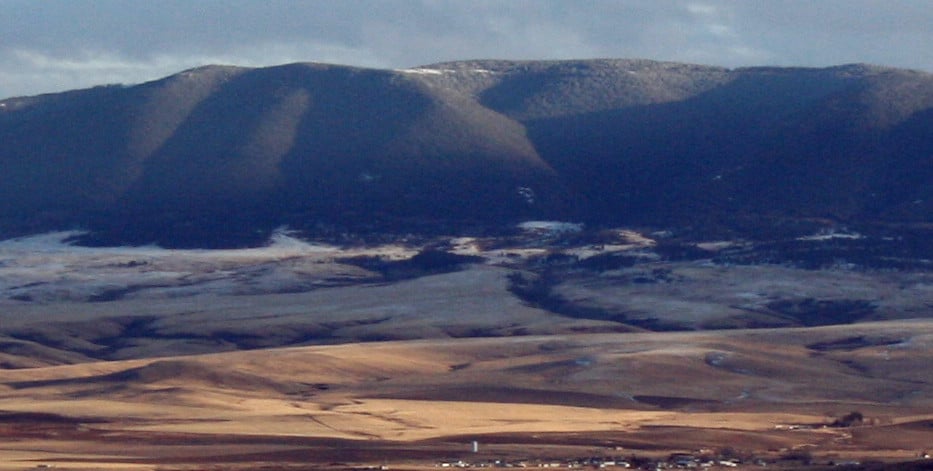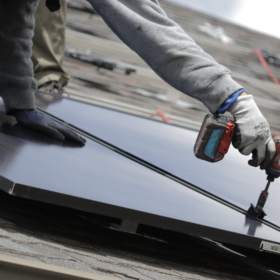Always be aware of your surroundings. Whether you’re a gazelle grazing in the African savanna or Montana Public Service Commission (MPSC) Member Bob Lake standing over an open microphone in workshop for your own commission, be aware of your surroundings.
Yesterday saw the conclusion of the trial against the Commission and NorthWestern Energy, which concluded with the return of long-term contracts under the Public Utilities Regulatory Power Act of 1978 (PURPA) in the state, after these were eviscerated by MPSC.
Montana’s PURPA predicament began in June of 2017, when regulators significantly changed the implementation of the act. These changes included three payment rates for projects under PURPA: rates for peak and off-peak electricity usage as well as a rate for times of particularly high demand. In all three cases, these new rates represented significant reductions from their predecessors.
When broken down, this meant that utilities paid projects between 100 kW and 3 MW in capacity $32/MWh for electricity generated during times of peak usage and $23/MWh during off-peak hours. During those previously-mentioned times of high demand in the five winter and spring months, the rate increased to $41/MWh. And, for new contracts, the rates were to be re-determined every two years.
Now those moves are damming in and of themselves, but they weren’t even the biggest kick in the head to solar. Under the new rules, the MPSC slashed PURPA contract lengths from 25 to 10 years, which effectively eliminated all potential investor certainty for any sort of meaningful solar development.
This spurred Vote Solar, Montana Environmental Information Center, Cypress Creek Renewables and WINData to bring forth suit against MPSC, the Department of Public Service Regulation and NorthWestern Energy. WINData acted as the plaintiff-intervenor.
The defendants were accused of making it economically impossible for solar and wind facilities to operate within the service area. Was this the case? Well, it would appear so, but let’s check in with Commissioner Lake to make sure.
While standing over a hot microphone, which the parties involved were evidently unaware of, during a Commission work session on June 22, 2017, a staff member posed to Commissioner Lake, that the shortening of contract lengths “is going to kill development entirely.”
An honest man, Commissioner Lake responded to that:
…actually, the ten year might do it if the price doesn’t. And honestly, at this low price, I cant imagine anyone gonna get into it. Just dropping the rate that much probably took care of the whole thing.
And that, folks, is how you derail a defense. The judge presiding over the case issued a final ruling ordering that contract lengths be restored back to 25 years and that the compensation rates are to be adjusted in accordance with PSC staff calculations, rather than rates set by the commissioners themselves.
With this ruling, the door for large-scale solar development has re-opened in Montana, and the intent of the federal law to supply certainty for project development by independent power producers has effectively been upheld.
But this may not be the last attempt to eliminate PURPA in the Northwest. Neighboring Idaho gutted PURPA using similar tactics as in Montana, and former MPSC Member Travis Kavulla has pushed for federal regulators to provide state-level exemptions to the policy.
It’s hard to argue that these states couldn’t use renewable energy development. Montana has one of the dirtiest power systems in the country, and Idaho imports 1/3 of its electricity.
This content is protected by copyright and may not be reused. If you want to cooperate with us and would like to reuse some of our content, please contact: editors@pv-magazine.com.









Seems to be proof that all these meetings should be recorded and/or open door.
Anything going to happen to commissioner?
As far as I can tell, probably not. But who knows, he’s already had a case of recorded foot-in-mouth, who’s to say it can only happen once?
Idaho has less than a 1,000 megawatts of wind with quite a bit of it built by John Deere when it was in the windfarm business. Yet that is 20% of its electricity generation. Put up another 5,000 megawatts and Idaho would be supplying Montana as well as itself. There has been no more wind constructed in Idaho since the first 1,000 megawatts. It goes to show that making a state 100% renewable is not that difficult. If either Idaho or Montana had installed the same amount of turbines in the past 6 years as Iowa has that deed would be accomplished. Renewable electrical goals are very much the domain of political preference, not practicality.
Agreed. Well, I’d say it is difficult to make a state 100% renewable, but I’d say so because of the political acrobatics it would likely take, another point we agree on.
But, Montana is in the process of becoming a coal socialist state. They would rather pay more for polluting electric generation.
That is the way of the GOP – Generations Of Pollution.
This is the way “good-old-boy” Republicans operate – all over the country . It is part of their desire to maintain the system whose existence has the intention to destroy every living thing which can’t be commercialized in the short term.
Really
Yes, really.